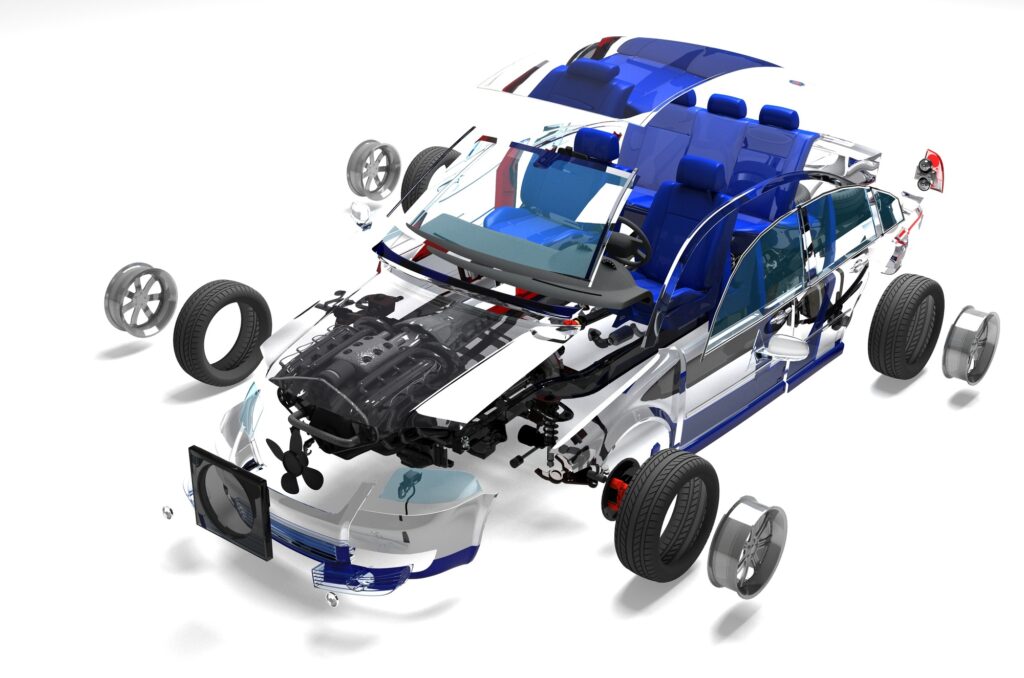Production-on-demand (also known as build-to-order) is a manufacturing strategy where products are only produced after receiving a customer order. This strategy has been around for decades, and it has gained momentum in recent years due to advances in technology and changing consumer behaviour. With the rise of e-commerce and personalized products, consumers have become more accustomed to ordering products online and having them customized to their preferences. Automotive follows this mega-trend, as consumers increasingly want vehicles that are tailored to their specific needs and preferences.

Production on demand vs build-to stock
In the automotive industry, production-on-demand means that a vehicle is only produced once a customer has placed an order and payment for it. Production-on-demand is opposed to build-to-stock. It allows for greater flexibility in the manufacturing process. Automakers can adjust their production schedules in real-time based on the actual market needs. Whereas with traditional mass production methods, automakers must plan their production schedules months in advance based on uncertain forecasts (1).
The manufacturing strategy an OEM chooses has a significant impact on the bottom line. The business model is influenced both on the cost and on the revenue side.
Benefits of production-on-demand
One of the main benefits of production-on-demand in the automotive industry is the reduction of inventory costs. In traditional mass-production methods, automakers produce a large number of vehicles build-to-stock in anticipation of demand, which can lead to excess inventory and storage costs. With production on demand, automakers only produce what is necessary, reducing the need for inventory and storage space. Production-on-demand also significantly reduces the risk for an OEM to end up with unsold vehicles that require a heavy discount to be pushed into the market.
Another benefit of production-on-demand is the ability to offer more customization options to consumers. With traditional mass production methods, automakers have to produce a limited number of vehicle configurations in order to keep costs down. With production-on-demand, they can offer a much wider range of customization options with high customer value and limited additional costs for the OEM. It allows them to upsell and increase the margin per vehicle sold.
Of course, there are also challenges associated with production-on-demand in the automotive industry. One of the early challenges is setting up the manufacturing processes and systems in a robust way, as each vehicle will be produced individually. This may influence the production cost per unit. If the OEM is very sales price sensitive, production-on-demand will be less likely to be a successful strategy for manufacturing.
Another challenge is the logistics since each vehicle is produced after the order is received. Different units within an OEM need to be well coordinated to make manufacturing flawless.
As technology and consumer behaviour continue to evolve, it will be interesting to see how the automotive industry adapts to these changes and incorporates production-on-demand into their manufacturing strategies.